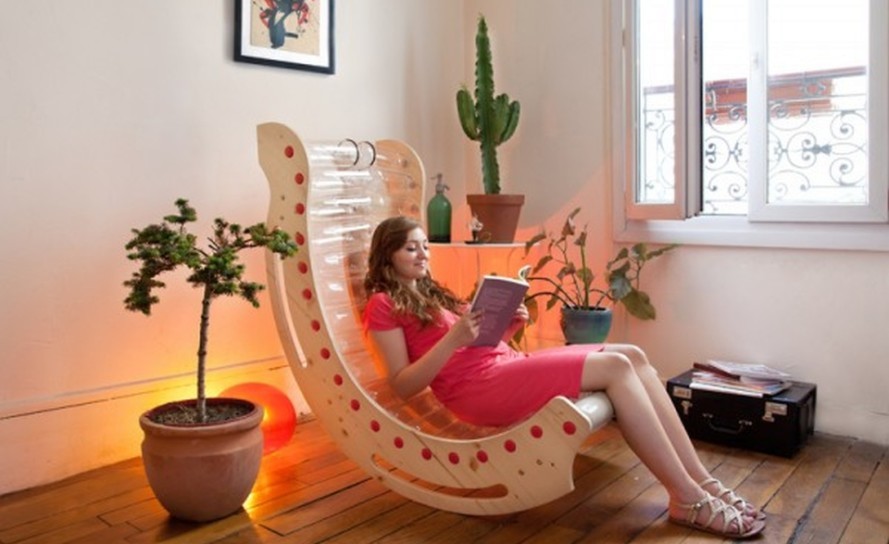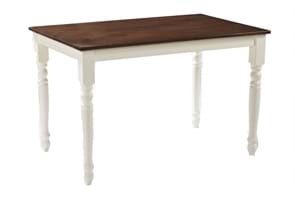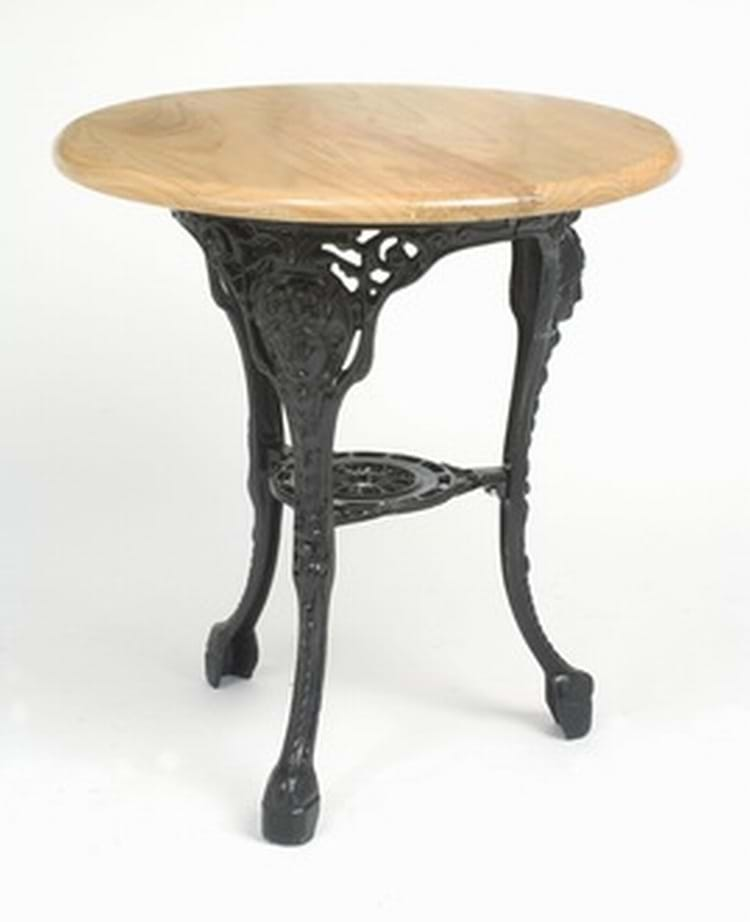It’s a word that we hear all the time: “sustainable”. As pollution shrouds our cities, our landfill sites fill up to overflowing and global warming takes hold, it’s a word that many of us are taking more and more seriously. But what does “sustainable” mean? And what does it have to do with furniture?
What is sustainable furniture?
Essentially, what’s meant by sustainable is that human activity – whether it’s driving a car or drinking a cup of coffee – should have a minimal impact on the environment, and should use as little of the earth’s resources as possible. Furniture is an industry that uses large quantities of a precious natural resource – wood – and which also has an impact on the environment in many other ways.
So how can making and buying furniture be more sustainable? Here are some suggestions.
Trees of life

The world’s forests are disappearing at an alarming rate. Around 80 per cent of our planet’s natural forests have now been destroyed by human activity. Since 1947 around half of the world’s mature tropical forests have gone. What remains is vulnerable.
Often these forests are being cleared to make way for farmland or livestock, or for replanting with commercial crops such as palm oil, or for human habitation. Often they are being plundered for their wood, for use as timber or in the paper industry.
Why does this matter? First, it’s now widely recognised that forests act as the world’s “lungs”, absorbing the greenhouse gas carbon dioxide from the atmosphere. Also, forests provide homes to thousands of species of animals, birds, plants, trees and insects which can survive nowhere else. And, let’s face it: forests are beautiful.
Sustainability and furniture retailers/suppliers
So most people would agree that we need to hang on to what is left of our forests. But the furniture industry could, it seems, be doing more to help. Last year the UK branch of the World Wide Fund for Nature (WWF-UK) published a report on timber sourcing and the UK furniture industry. Called “Are You Sitting Comfortably?”, the report made uncomfortable reading, concluding that: “Most [furniture] retailers don’t appear to know or care where the wood in their products comes from or if it is responsibly sourced.”
Some of the biggest names in UK furniture retail, said the report, “hadn’t made even the most basic reference to responsible timber sourcing ... Well-known brands such as DFS, Sofa Workshop, SCS, Sofology, Sharps, The Range, Habitat, Leekes, Dreams, Multi York, Harrods, Harvey Nichols, Bensons Beds and Brighthouse are among them.”
The report goes on to say that while some of the big brands did badly, some smaller companies did well. So perhaps there is something to be said for buying furniture from smaller companies where the sources of timber can be more easily verified.
Turning the tables on sustainable furniture
So, what are sustainable sources of timber and furniture? One area of growth is in reclaimed and “upcycled” furniture – made from wood that has had a previous life as furniture or in buildings and is then re-used to make new and uniquely individual pieces.
The website Inhabitat has featured items such as a chair made from recycled plastic bottles. These items can be pricey, however, and are chiefly aimed at the high end of the domestic market – sometimes they are not even for sale (though some cafés and restaurants use this kind of furniture to create characterful interiors).

Sustainable commercial furniture?
Most commercial furniture is bought in larger quantities at lower prices. But this kind of mass-produced furniture can still be sustainable. Responsible manufacturers and retailers will be happy to reveal where their timber is sourced. IKEA, for instance, has pledged to source all of its wood “from more sustainable sources by 2020”. As conventions such as CITES (aimed at protecting endangered species of animals and plants, including trees) have reduced the use of endangered and threatened timbers, new and renewable sources of wood – especially hardwood - have opened up.

One of these is rubberwood. A few decades ago, when trees in rubber plantations had reached the end of their useful lives, they were usually burnt. Today many of them find new life as furniture. New techniques have been developed to protect rubberwood from fungal and insect attacks; the result is a durable, versatile wood that can be stained, painted or left with a natural finish. Trent Furniture has a range of tables with solid rubberwood tops, such as the Shabby Chic Farmhouse Table, available in various finishes.

Sustainable furniture – beech trees
Another source of sustainable hardwood is the beech tree.
Beechwood is grown sustainably in many European countries, where forests are properly managed and replenished. Trent Furniture uses high-quality sustainable European beechwood in many of its chairs, such as the Farmhouse Spindleback Chair, which benefit from the wood’s strength and attractive appearance.
Cast iron guarantees for sustainable furniture
The story of sustainability is not just about wood. Metals are widely used in the furniture industry, especially in pub and restaurant furniture, where cast iron is popular for its solidity, durability and its traditional appearance. And it turns out that cast iron scores very high for sustainability: it lasts for decades, even centuries, it can be repainted and refurbished easily, and when it finally reaches the end of its life it can be recycled – melted down and used again. Trent Furniture’s range of cast iron furniture includes classic pub furniture pieces such as the Wide Girlshead Table.

The same goes for steel. Again, this is a durable, strong and sustainable material that’s widely used in making furniture. And, like cast iron, steel is recyclable once it has reached the end of its life. Trent Furniture’s Napoli Side Chair is constructed from welded tubular steel in a black or chrome finish. As Britain’s landfill sites grow higher and higher with cheap and flimsy furniture, these durable pieces present a viable alternative to this culture of disposability.
Softening the blow with delivery and packaging
Finally, there’s the issue of delivery and packaging. A responsible furniture company will plan its deliveries to reduce fuel usage (as well helping to save the planet, this will also save money). And those swathes of foam and bubble wrap that often accompany deliveries of furniture are deeply wasteful; these materials are usually thrown away after one use only and end up adding to Britain’s landfill problem.
A better way to package and protect furniture in transit would be to use materials such as old blankets and cloths which can be re-used almost indefinitely. Trent Furniture does this where possible.
Summary of sustainable furniture
Sustainability, then, is something that can be looked at through every part of a piece of furniture’s life cycle: from the kind of tree it’s made from and where it was grown, to the other materials used in its manufacture, through to delivery and packaging, and finally to recycling: at every stage, something can be done to help make the world a little bit cleaner and a little bit greener